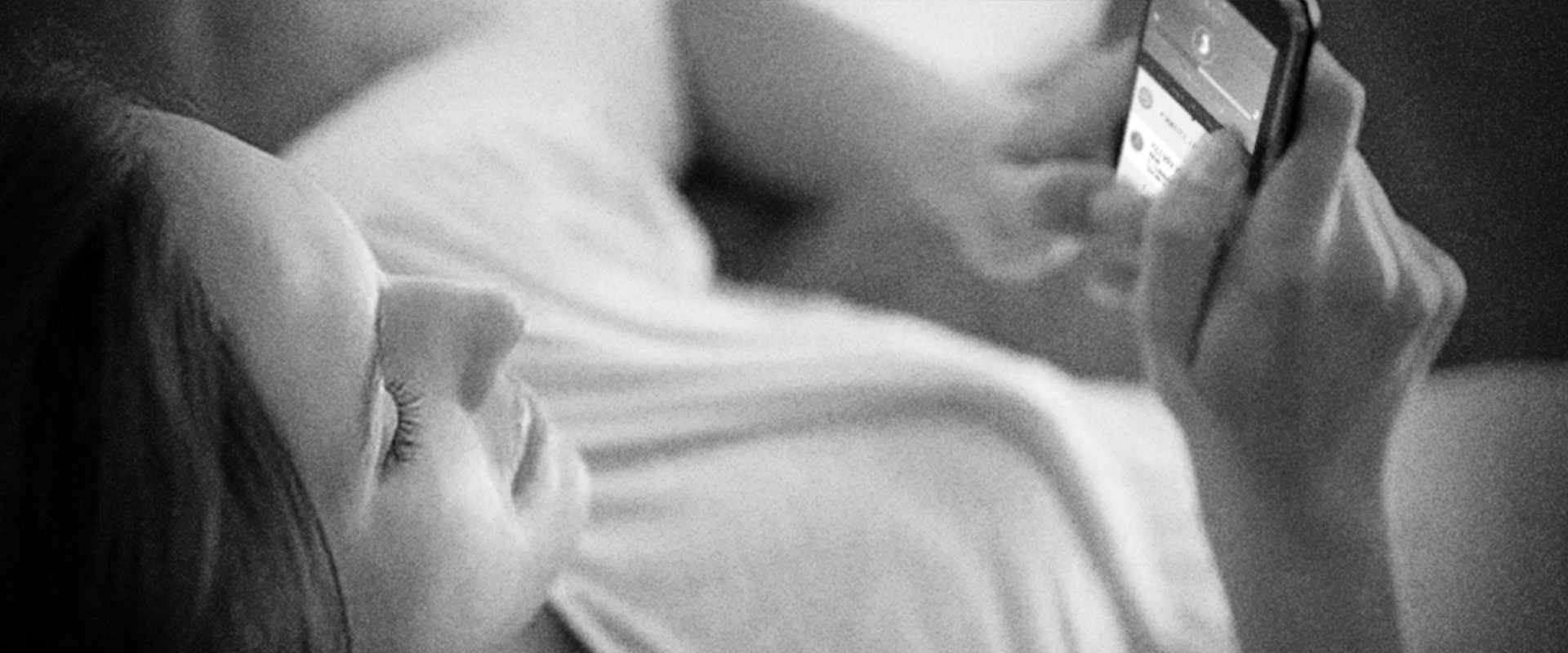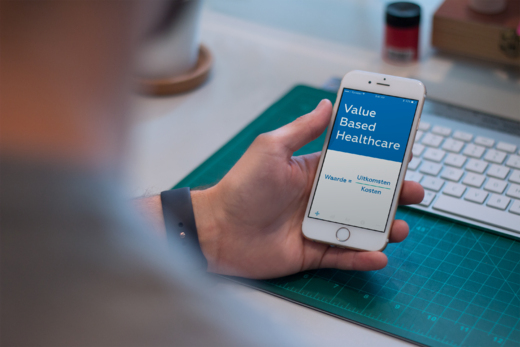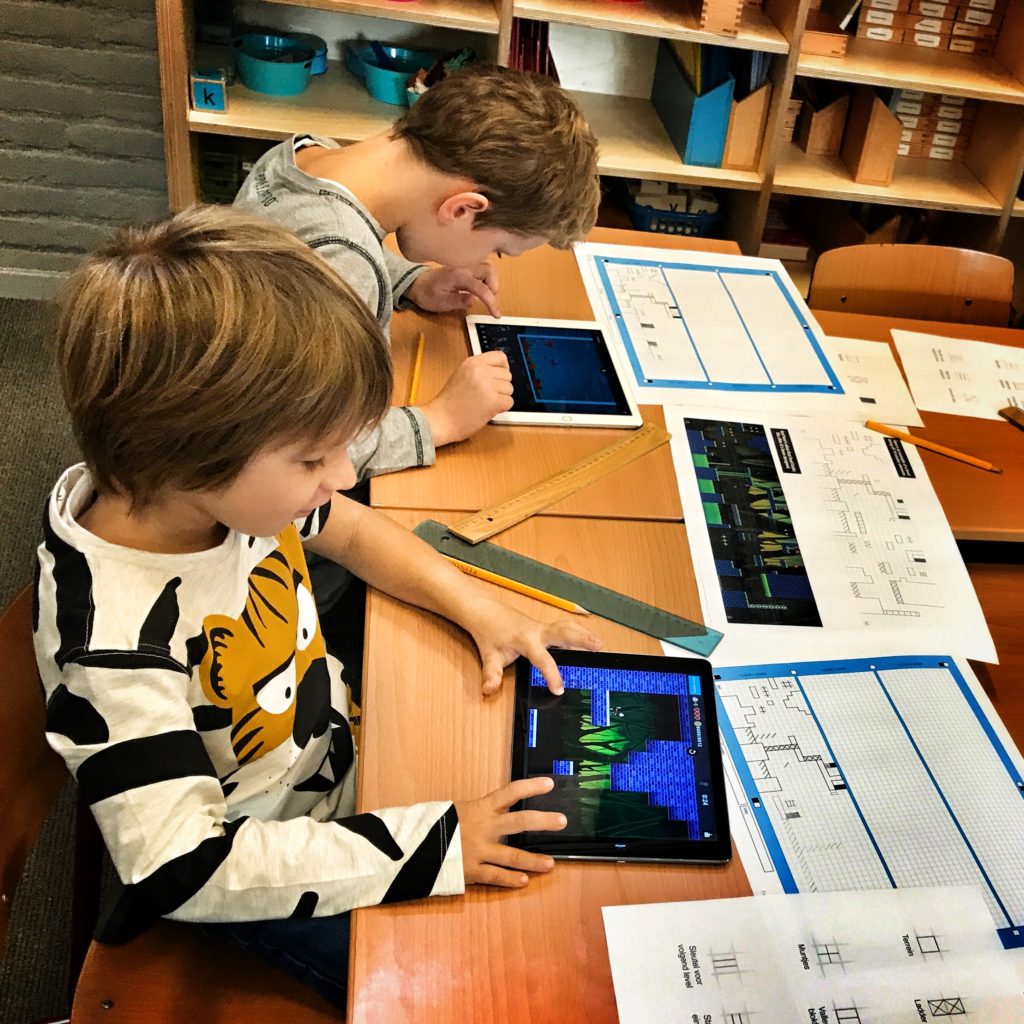According to scientists and certain optimistic enthusiasts, we might be ready to send the first…
Clinicards in practice: taking measurements at home after surgery

Clinicards have been designed to be used flexibly for a wide variety of healthcare solutions through measurements of Patient Generated Health Data. Home monitoring is something of a godsend and the OLVG Hospital has started relying on Clinicards to improve healthcare provision after bariatric surgery. The below is an excerpt of ‘Clinicards in practice: an interview with Thony Ruys’.
Who are you, what do you do and where do you it?
Thony Ruys, fourth-year assistant of surgery at the OLVG and recently focusing more on bariatric surgery. Together with Bart van Wagensveld (surgeon) and Christel de Raaff (AGNIO surgery), I’m in the process of setting up the ‘Home visit’ project.
We are talking about Patient Generated Health Data. Is that going to be of any help to you in your area of expertise?
Absolutely. I think that we make far too little use of it. Collecting patient data tends to be very time consuming and labor intensive, so it’s very helpful if patients can take care of that themselves. In addition, and importantly so, the patients become more involved in the care process and take on a certain measure of responsibility. Currently we only see patients once in a while for their out-patient checkup, so making them responsible for data measurement at home is a huge help.
Is too much data a concern?
Maybe it will be at first, but that’s just a matter of getting used to a new situation. More data means more choice; now I can choose the data I want instead of having it selected and sent to me by someone else. In the current scenario, I only see my patients twice in the clinic, so with more incoming data I could decide when to check it and I can identify patterns more easily.
Of course there are challenges when working with Patient Generated Health Data. Firstly, you need to make the patients fully aware of the fact that they have to carry out certain tasks and that these need to be done responsibly and carefully. Secondly, the accuracy of the generated data itself. If you measure something in a hospital with a device with lots of stickers then you can be pretty sure that the data is good due to the quality controls. Data measured in a patient’s home may be less accurate and reliable; the question is to what extent does the diminished accuracy pose a problem (after all you have a lot more of that data). A balance must be found.
What did you find interesting about Clinicards when you first found out about them?
I was looking for the right technology to help put my idea into practice. I quickly found out that developing a complete mHealth platform is vastly expensive; not only the development itself but also the maintenance. Also, especially in the healthcare sector there are several strict requirements regarding safety and privacy. It’s simply not feasible to develop a concept from scratch for every idea or app. This is why I was looking for a platform where the basis was already in place. Clinicards has that basis and thanks to its modular structure we are able to further build upon it according to our own needs and requirements. Moreover, everything related to privacy and security has been properly dealt with in advance.
Clinicards in bariatric surgery, how should I picture that?
We’ve called the initial concept ‘Home Visit’. It enables patients to measure their vital signs at home after their operation and to easily conduct a video call with their doctor. This already exists for COPD and other chronic diseases, but I think that it will most definitely also contribute to the quality of care in my medical field. Currently, a patient remains in the hospital for observation after the operation and a nurse comes round three times a day to measure blood pressure, temperature, heart rate and oxygen saturation. The patient completes this with a pain score. We have developed Clinicards for all these parameters so that they can also be measured at home. The patient, will be sent home after one day, as is now also the case, but with an extra service through which we can monitor them at a distance.
So it’s up to the patients to take their own measurements?
We linked the Clinicards to a sensor that the patient gets from the hospital. This sensor, the Bodimetric, is very easy to use, measures the four vital signs in one go and then sends them to the relevant Clinicards. The only thing the patient needs to do is fill out the pain score via the VAS-Clinicard. We see the returned values displayed on a web-dashboard and can start-up a video call with the patient when necessary.
What results do you expect?
We expect that the patient will experience a heightened sense of security. We hope that this feeling of security will also lead to the patient being more satisfied with the level of care received from the OLVG. Once this first phase is successful, we will set up a project study to evaluate whether or not the patients could be sent home earlier if accompanied by this Clinicards service. For the moment I don’t plan on changing the existing care process, except for those additional three days of remote care at home, and I’ll focus on increasing patient satisfaction; if we can achieve just that then we have already made progress.
But will it not seriously raise the cost of care?
Yes, in the first phase of the plan you will ‘pay’ for extra satisfaction and an increased sense of security for the patient. The health care costs may not go down but you do have a patient who feels safer and more satisfied. The financial benefits for the care sector come about in the second part of the plan. If patients go home sooner there is a higher turnaround of hospital beds, which rapidly reduces costs for the hospital. But even if only the first part of the plan works out, it would still represent a success. Of course the business case would be more complex seeing as we would then need assess to what extent the feeling of extra safety outweighs the costs.
Who’s going to pay for it?
That’s still a bit of a question mark and I’m in the process of hashing out the details; it will either be the health insurer or the hospital. When a hospital gets a fixed amount for a treatment, and it’s the hospital that profits from the use of this service then it seems logical that the hospital should pay. When a hospital gets reimbursed for variable costs on the basis of the number of occupancy days, then the insurer benefits and they should be the ones to pay.
Finally, how is the project going and what’s the timeline?
Developing the Clinicards in collaboration with Synappz and linking it with the Bodimetric sensor is going a lot more swiftly than I had expected. In just 7 weeks we developed 5 cards, which we are now testing. In February, I would like to launch the first phase whereby 80 patients will be monitored over a 6 month period. Then, in the event of success, we will start up the second phase.
Please contact Erik van der Zijden (Erik@synappz.nl) for more information about this special project.




